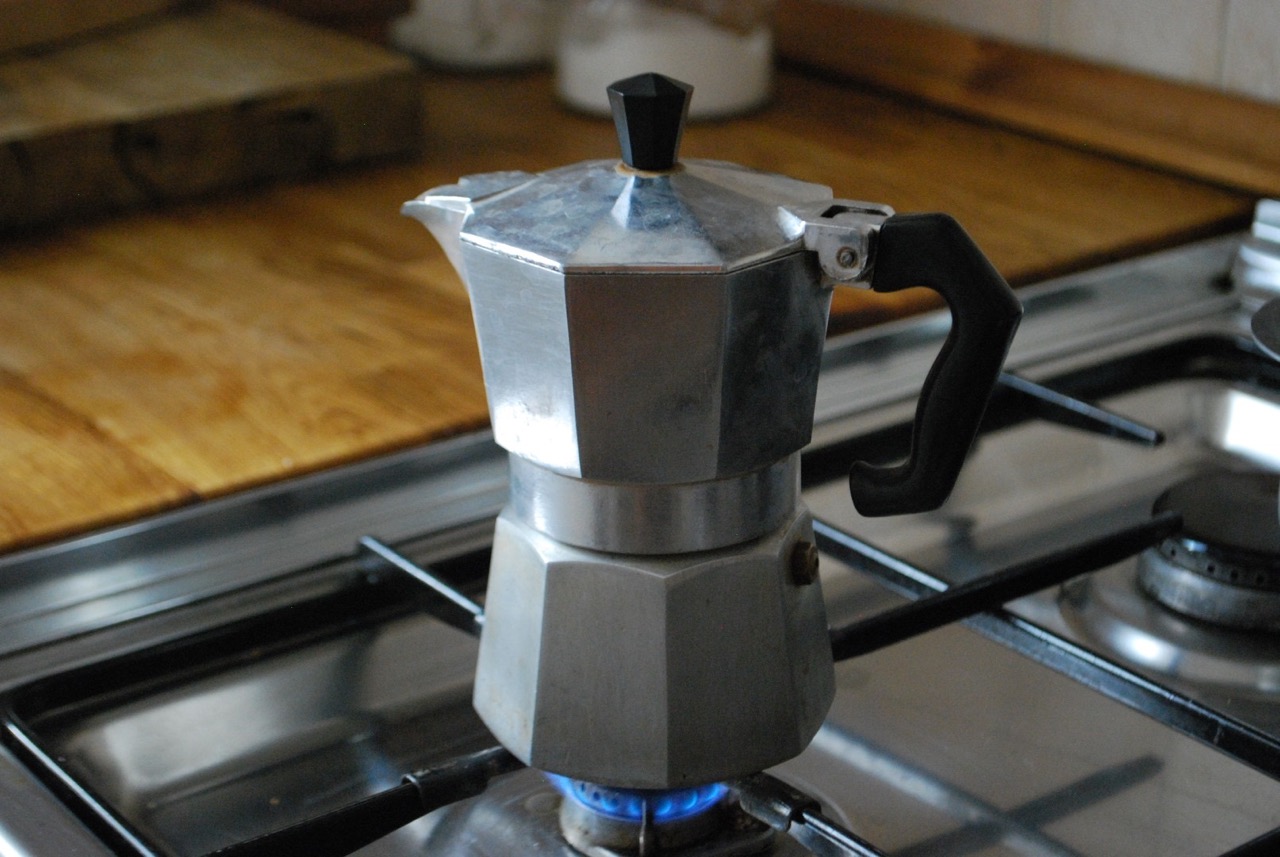

Articles
How Does A Stove Top Espresso Maker Work
Modified: January 8, 2024
Discover how a stove top espresso maker works in this informative article. Learn about the mechanism and brewing process of these classic coffee makers.
(Many of the links in this article redirect to a specific reviewed product. Your purchase of these products through affiliate links helps to generate commission for Storables.com, at no extra cost. Learn more)
Introduction
When it comes to enjoying a rich and flavorful cup of espresso in the comfort of your own home, a stove top espresso maker can be a great option. These compact and affordable machines offer a quick and easy way to brew espresso, delivering a delicious and satisfying coffee experience.
In this article, we will explore how a stove top espresso maker works, its components, and the step-by-step process of using one. We will also discuss the factors that can affect its performance, provide tips on cleaning and maintenance, and highlight the advantages and disadvantages of using a stove top espresso maker.
So grab your favorite mug and get ready to dive into the world of stove top espresso makers.
Key Takeaways:
- Stove top espresso makers offer a simple, affordable, and eco-friendly way to brew delicious espresso at home, making them ideal for coffee enthusiasts seeking convenience and portability.
- While manual operation and limited capacity are drawbacks, mastering the art of brewing with a stove top espresso maker can lead to consistently satisfying cups of espresso, perfect for those who value the process and flavor.
Read more: How Does An Induction Stove Top Work
Overview of Stove Top Espresso Maker
A stove top espresso maker, also known as a moka pot or a stovetop coffee maker, is a traditional coffee brewing device that uses steam pressure to extract the flavor and aroma from coffee grounds. It consists of three main parts: a bottom chamber for water, a middle chamber for coffee grounds, and a top chamber for the brewed coffee.
Stove top espresso makers are typically made of stainless steel or aluminum, which allows for efficient heat distribution and durability. They come in different sizes, ranging from 1 to 12 cups, to accommodate various brewing needs.
Unlike electric espresso machines, stove top espresso makers don’t require electricity to function. Instead, they rely on the heat from a stovetop burner or an open flame to generate steam pressure, which forces water through the coffee grounds and produces a rich and concentrated brew.
One of the key advantages of a stove top espresso maker is its simplicity. It is easy to use, affordable, and doesn’t require any complicated settings or intricate parts. With just a few simple steps, you can brew a cup of espresso that rivals what you would find in a café.
Stove top espresso makers are also portable and versatile. Their compact size makes them ideal for travel, camping trips, or small kitchens, where space is limited. Additionally, they can be used on various heat sources, including gas stoves, electric stoves, and even campfires.
Now that we have a basic understanding of what a stove top espresso maker is, let’s take a closer look at its components to better understand how it functions.
Components of a Stove Top Espresso Maker
A stove top espresso maker consists of several key components that work together to brew a delicious cup of espresso. Understanding these components will help you better appreciate the inner workings of this simple yet effective coffee brewing device.
1. Bottom Chamber: The bottom chamber, also known as the water chamber, is where you pour cold water. It is usually the largest part of the espresso maker and has a valve or spout to control the flow of brewed coffee.
2. Filter Basket: The filter basket, located in the middle chamber, holds the coffee grounds. It is perforated to allow water to pass through while holding back the coffee grounds. Some filter baskets have a funnel-shaped design, which helps distribute water evenly over the grounds.
3. Gasket and Filter Plate: These are the sealing components that ensure a tight connection between the bottom and middle chambers. The gasket, usually made of rubber or silicone, provides an airtight seal to prevent steam from escaping. The filter plate, often made of stainless steel, sits on top of the gasket and holds the coffee grounds in place.
4. Pressure Valve: The pressure valve is a safety feature found on some stove top espresso makers. It releases excess steam and pressure to prevent the device from becoming over-pressurized. It is typically located on the side or top of the espresso maker.
5. Top Chamber: The top chamber, also known as the collection chamber, is where the brewed espresso accumulates. It is usually smaller in size compared to the bottom chamber and features a spout for pouring the coffee into your cup.
Now that we have explored the various components of a stove top espresso maker, let’s discover how these parts work together to create a delightful cup of espresso in the next section.
Working Principle of a Stove Top Espresso Maker
The working principle of a stove top espresso maker revolves around the concept of steam pressure and the extraction of coffee flavors from the grounds. Understanding how this process works will give you a deeper appreciation for the art of brewing espresso using this simple yet effective device.
Here’s a step-by-step breakdown of the working principle of a stove top espresso maker:
- Filling the bottom chamber: The first step is to fill the bottom chamber with cold water. The water should be filled just below the valve or spout to ensure safe and efficient brewing.
- Adding coffee grounds: The next step is to place the filter basket with coffee grounds on top of the water chamber. The amount of coffee used depends on the size of the espresso maker and personal preference.
- Assembling the parts: Make sure the gasket and filter plate are properly in place to create an airtight seal. This is crucial for generating steam pressure during the brewing process.
- Heat application: Place the espresso maker on a stove burner or heat source. The heat causes the water in the bottom chamber to heat up and eventually convert into steam. The steam builds pressure, which forces the water to pass through the coffee grounds.
- Extraction of flavors: As the steam pressure builds, it forces hot water to rise through the filter basket, extracting the flavors and oils from the coffee grounds. The brewed coffee then accumulates in the top chamber.
- Completion and serving: Once the brewing process is complete, remove the espresso maker from the heat source and pour the brewed espresso into your favorite mug through the spout of the top chamber.
The entire process, from filling the bottom chamber to pouring the espresso, takes just a few minutes. The steam pressure created by heating the water allows for a quick and efficient extraction of flavors, resulting in a rich, aromatic, and concentrated cup of espresso.
Now that we have covered the working principle of a stove top espresso maker, let’s dive into a detailed step-by-step guide on how to use one.
Step-by-Step Guide on Using a Stove Top Espresso Maker
Brewing espresso using a stove top espresso maker is a straightforward process that requires a few simple steps. Follow this step-by-step guide to ensure a successful brewing experience:
- Prepare your water: Start by filling the bottom chamber of the stove top espresso maker with cold water. Fill it up to just below the valve or spout. Avoid overfilling to prevent water from overflowing.
- Add coffee grounds: Place the filter basket (with a funnel-shaped filter, if applicable) on top of the bottom chamber. Add finely ground coffee to the filter basket, ensuring it is evenly distributed, but avoid over-packing. Use approximately 1 tablespoon of coffee grounds per cup.
- Assemble the espresso maker: Make sure the gasket and filter plate are correctly positioned to create a tight seal. Screw the top chamber onto the bottom chamber. Ensure that the espresso maker is securely assembled to avoid any potential accidents during the brewing process.
- Heat the espresso maker: Place the assembled stove top espresso maker on a stove burner or heat source. Ensure the handle is positioned away from direct heat. Turn the heat to medium or medium-low to avoid scorching the coffee and creating excessive pressure.
- Monitor the brewing process: As the water in the bottom chamber heats up, steam will be produced. The steam will create pressure, forcing the hot water through the coffee grounds and into the top chamber. Keep an eye on the brewing process to prevent over-extraction or burning of the coffee.
- Remove from heat and serve: Once you hear a gurgling sound, indicating that the brewing process is complete, carefully remove the espresso maker from the heat source. Allow a few seconds for the pressure to equalize before unscrewing the top chamber. Pour the brewed espresso into your cup, using the spout of the top chamber.
- Enjoy your espresso: savor the aroma and flavors of your homemade espresso. You can drink it as is, or use it as a base for other coffee-based beverages like cappuccinos or lattes. Add sugar or milk according to your preference.
- Clean the espresso maker: After use, disassemble the stove top espresso maker and clean the parts thoroughly with warm water. Avoid using soap or detergent, as it can leave residues that affect the taste of your espresso. Allow the parts to dry before reassembling for future use.
By following these simple steps, you can enjoy a delicious cup of espresso brewed with a stove top espresso maker in the comfort of your own home.
Now that you know how to use a stove top espresso maker, let’s explore some factors that can affect its performance and the quality of your brew.
Read more: How To Make Espresso With Stove Top
Factors Affecting the Performance of a Stove Top Espresso Maker
While a stove top espresso maker is a simple and efficient brewing device, several factors can affect its performance and the quality of the espresso it produces. Understanding these factors will help you optimize your brewing experience and achieve the best possible results:
- Grind size: The grind size of the coffee grounds plays a crucial role in how the flavors are extracted. For a stove top espresso maker, a fine to medium-fine grind is ideal. Avoid using coarse grounds, as they will result in weak and under-extracted coffee.
- Water quality: The quality of the water you use can greatly impact the taste of your espresso. Ideally, use filtered water to remove any impurities or off-flavors. Avoid using distilled or softened water, as they may affect the coffee’s flavor profile.
- Heat control: Proper heat control is essential to avoid scorching the coffee and creating excessive pressure. Use medium or medium-low heat to ensure a gentle and even extraction process. Adjust the heat as needed to maintain a steady brewing temperature.
- Brewing time: The brewing time can vary depending on the size of the espresso maker and personal preference. It is generally recommended to brew the espresso until you hear a gurgling sound, indicating that most of the water has passed through the coffee grounds. Adjust the brewing time based on your desired strength and flavor profile.
- Seal tightness: A proper seal between the bottom and top chambers is crucial for generating adequate steam pressure. Check that the gasket and filter plate are in good condition and properly positioned. Any leaks or loose connections can result in a weak brew.
- Coffee-to-water ratio: Experimenting with different coffee-to-water ratios will allow you to find the ideal strength and flavor balance for your espresso. Start with the recommended 1 tablespoon of coffee grounds per cup and adjust according to your personal taste preferences.
- Coffee freshness: The freshness of your coffee beans will significantly impact the flavor of your espresso. Opt for freshly roasted beans and grind them just before brewing for the best flavor extraction. Avoid using stale or pre-ground coffee, as they can result in a dull and less vibrant cup.
By considering these factors and making adjustments accordingly, you can optimize the performance of your stove top espresso maker and enjoy a consistently satisfying cup of espresso.
Now that you have a good understanding of the factors that affect the performance of a stove top espresso maker, let’s move on to the next section and discuss some essential cleaning and maintenance tips for your espresso maker.
When using a stove top espresso maker, make sure to grind your coffee beans to a fine consistency to ensure proper extraction and a rich, flavorful espresso.
Cleaning and Maintenance Tips for Stove Top Espresso Makers
Proper cleaning and maintenance of your stove top espresso maker are essential to ensure its longevity and to continue enjoying quality espresso. Here are some important tips to keep your espresso maker in optimal condition:
- Regular cleaning: After each use, disassemble the espresso maker and rinse all the parts with warm water. Avoid using soap or detergent, as it can leave behind residues that affect the taste of your coffee. Pay attention to the filter basket and the valve to remove any trapped coffee grounds.
- Deep cleaning: Periodically, it is recommended to deep clean your stove top espresso maker. Fill the bottom chamber with water and add a small amount of vinegar or a specialized coffee machine cleaner. Assemble the espresso maker and heat it on the stove until the water boils and reaches the top chamber. Allow it to cool before rinsing thoroughly with water.
- Remove mineral deposits: Over time, mineral deposits from the water can accumulate inside the espresso maker. To remove these deposits, fill the bottom chamber with water and add a tablespoon of citric acid or lemon juice. Heat the espresso maker until the water starts boiling and allow it to sit for about 15 minutes. Rinse thoroughly with water.
- Check and replace gaskets: Over time, the gasket that creates a seal between the chambers may wear out or become damaged. Regularly check the gasket for any signs of wear or deterioration. If needed, replace the gasket to maintain a tight seal and optimal brewing pressure.
- Store properly: When not in use, make sure to store your espresso maker in a dry and clean location. Avoid placing it near sources of heat or direct sunlight. This will prevent any potential damage to the espresso maker and prolong its lifespan.
- Regular descaling: If you live in an area with hard water, mineral buildup can occur more quickly. To combat this, descale your espresso maker regularly using a commercial descaling solution or a mixture of water and vinegar. Follow the manufacturer’s instructions for best results.
- Inspect and replace parts: Periodically, inspect all the components of your stove top espresso maker for any signs of damage. If you notice any cracks, leaks, or worn-out parts, replace them promptly to maintain optimal performance.
By following these cleaning and maintenance tips, you can ensure that your stove top espresso maker remains in excellent condition, providing you with delicious espresso for years to come.
Now that you know how to properly care for your espresso maker, let’s explore the advantages and disadvantages of using a stove top espresso maker.
Advantages and Disadvantages of Stove Top Espresso Makers
Stove top espresso makers offer a convenient and affordable way to brew espresso at home. However, like any brewing method, they have their own set of advantages and disadvantages. Let’s take a closer look at the pros and cons of using a stove top espresso maker:
Advantages:
- Affordable: Stove top espresso makers are generally more budget-friendly compared to electric espresso machines. They offer a cost-effective option for coffee enthusiasts who want to enjoy espresso without breaking the bank.
- Compact and portable: Stove top espresso makers are compact in size, making them ideal for small kitchens or for those who have limited counter space. They are also lightweight and portable, making them convenient for travel, camping, or any location with a heat source.
- Ease of use: Using a stove top espresso maker is simple and straightforward. With just a few basic steps, you can brew a delicious cup of espresso without any complicated settings or programming.
- Versatility: Stove top espresso makers can be used on various heat sources, including gas stoves, electric stoves, and even campfires. This versatility makes them suitable for any environment, whether you’re at home or exploring the great outdoors.
- Eco-friendly: Stove top espresso makers do not require electricity to operate, reducing their environmental impact. They are a greener alternative to electric espresso machines and contribute to a more sustainable lifestyle.
Read more: How To Use A Stove Top Espresso Maker
Disadvantages:
- Manual operation: Unlike electric espresso machines, stove top espresso makers require manual operation. This means you need to monitor the brewing process, adjust the heat, and ensure proper timing. It may take some practice to achieve the desired espresso quality.
- Limited capacity: Stove top espresso makers come in different sizes, ranging from 1 to 12 cups. However, even the largest ones have a limited capacity compared to electric machines. This may not be ideal for brewing multiple cups of espresso at once, especially when entertaining guests.
- No milk frothing: Stove top espresso makers are designed solely for brewing espresso. They do not have built-in milk frothers, limiting your ability to create frothy milk for beverages like cappuccinos or lattes. However, you can still heat and froth milk separately if desired.
- Requires a heat source: Stove top espresso makers rely on a heat source, such as a stove burner or open flame, to generate the necessary steam pressure. This means they are not suitable for environments without access to a heat source, such as during power outages or in areas with limited cooking facilities.
While stove top espresso makers have their limitations, they offer a cost-effective and convenient solution for brewing espresso at home. They are ideal for those who appreciate the simplicity of manual brewing and value portability.
Now that we have explored the advantages and disadvantages, it’s time to wrap up our discussion on stove top espresso makers.
Conclusion
Stove top espresso makers offer a fantastic opportunity to enjoy a rich and flavorful cup of espresso in the comfort of your own home. With their simplicity, affordability, and compact design, they provide a convenient alternative to electric espresso machines.
In this article, we explored the various aspects of stove top espresso makers, including their components, working principle, and step-by-step guide on how to use them. We discussed the factors that can affect their performance, such as grind size, water quality, and heat control. Additionally, we provided essential cleaning and maintenance tips to keep your espresso maker in optimal condition.
While stove top espresso makers have their advantages, including their affordability, portability, and eco-friendliness, they also have limitations. They require manual operation, have limited capacity, and do not include milk frothing capabilities. However, with a little practice, you can master the art of brewing espresso with a stove top espresso maker and enjoy a delicious cup of coffee each time.
So, whether you’re a coffee enthusiast looking to explore different brewing methods or someone who simply appreciates the convenience and affordability of stove top espresso makers, these machines offer a delightful way to savor the flavor and aroma of espresso at home.
Now that you have a comprehensive understanding of stove top espresso makers, it’s time to grab your favorite mug, fill up the water chamber, add coffee grounds, and embark on a delicious espresso brewing adventure.
Happy brewing!
Frequently Asked Questions about How Does A Stove Top Espresso Maker Work
Was this page helpful?
At Storables.com, we guarantee accurate and reliable information. Our content, validated by Expert Board Contributors, is crafted following stringent Editorial Policies. We're committed to providing you with well-researched, expert-backed insights for all your informational needs.
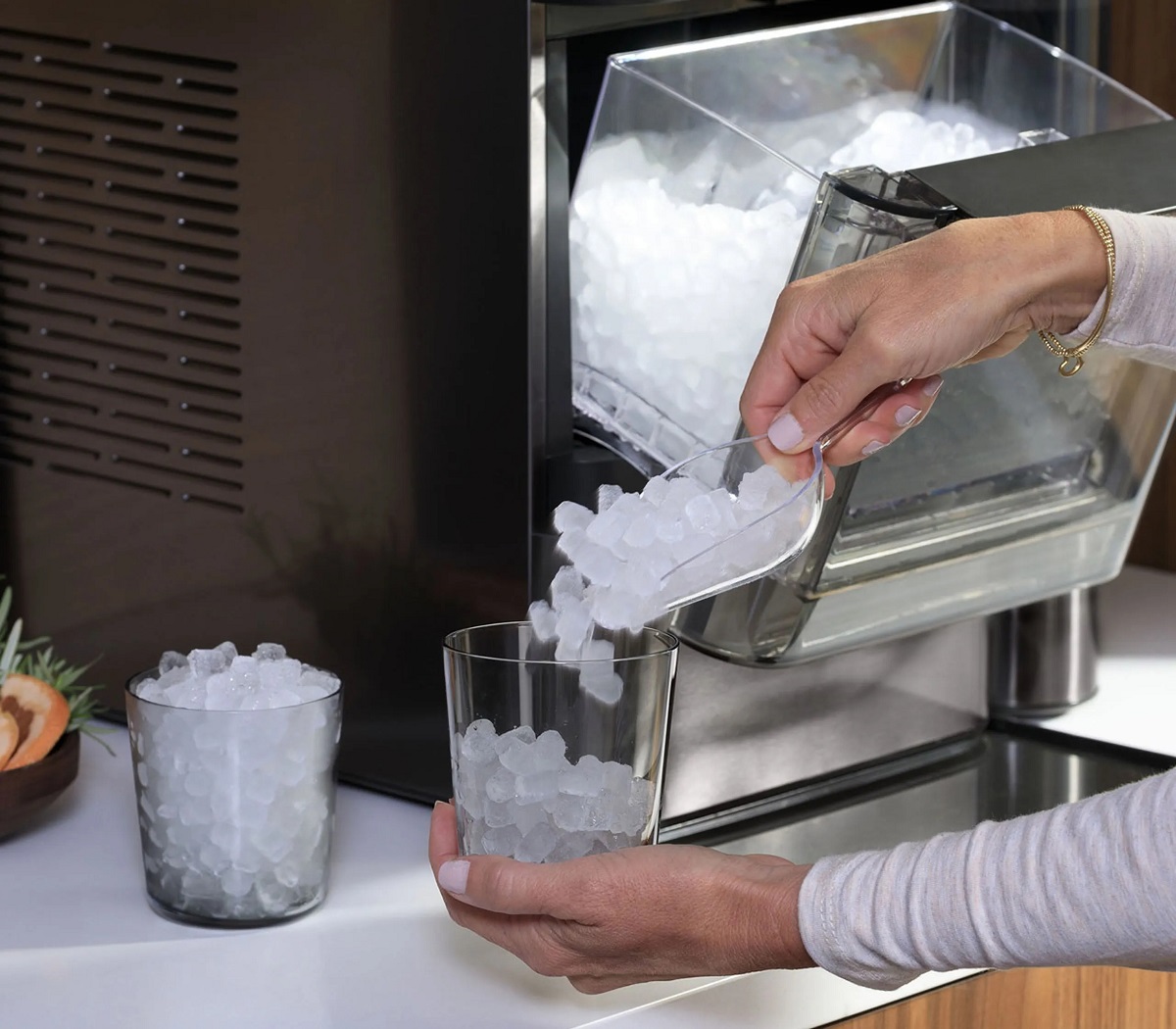

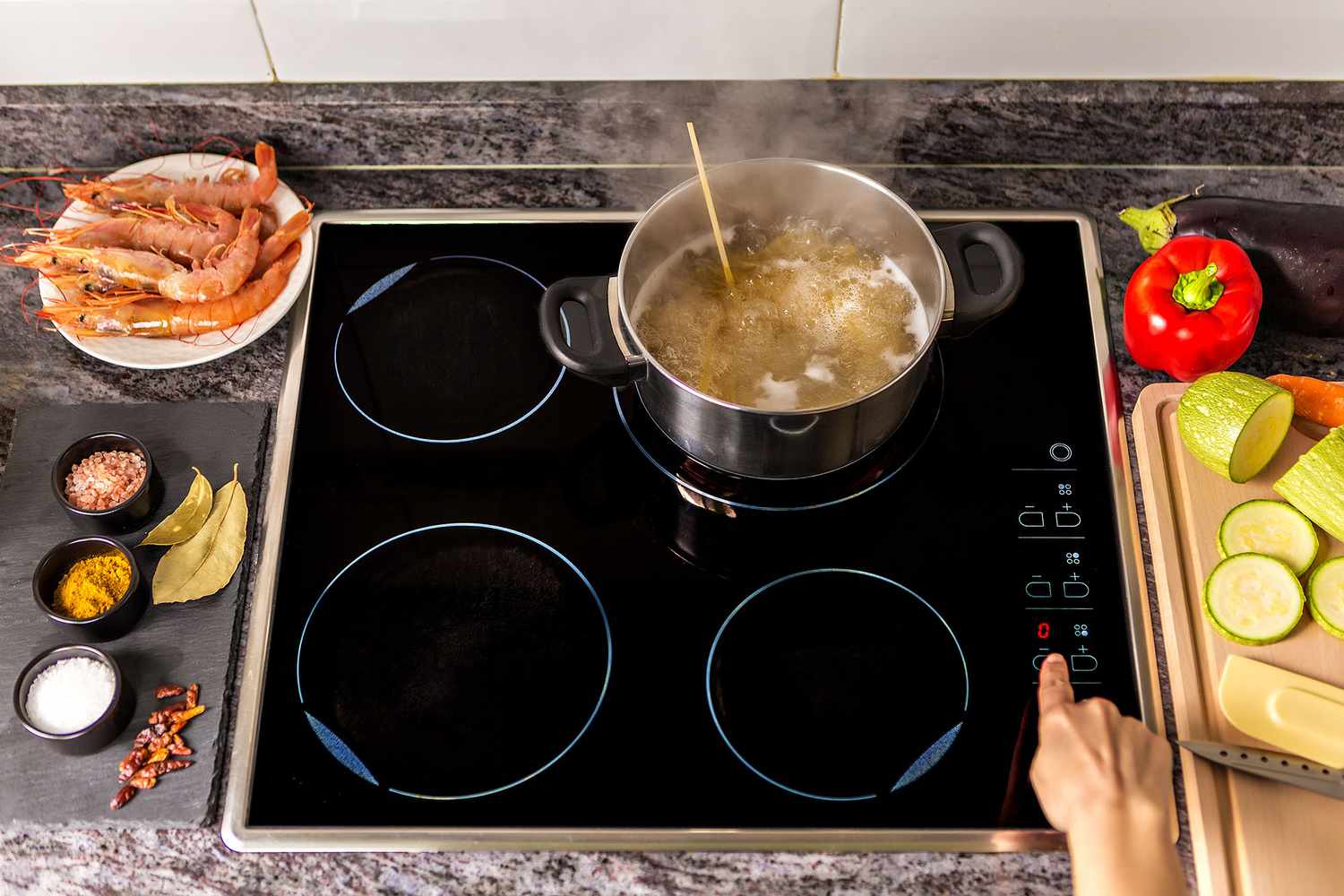
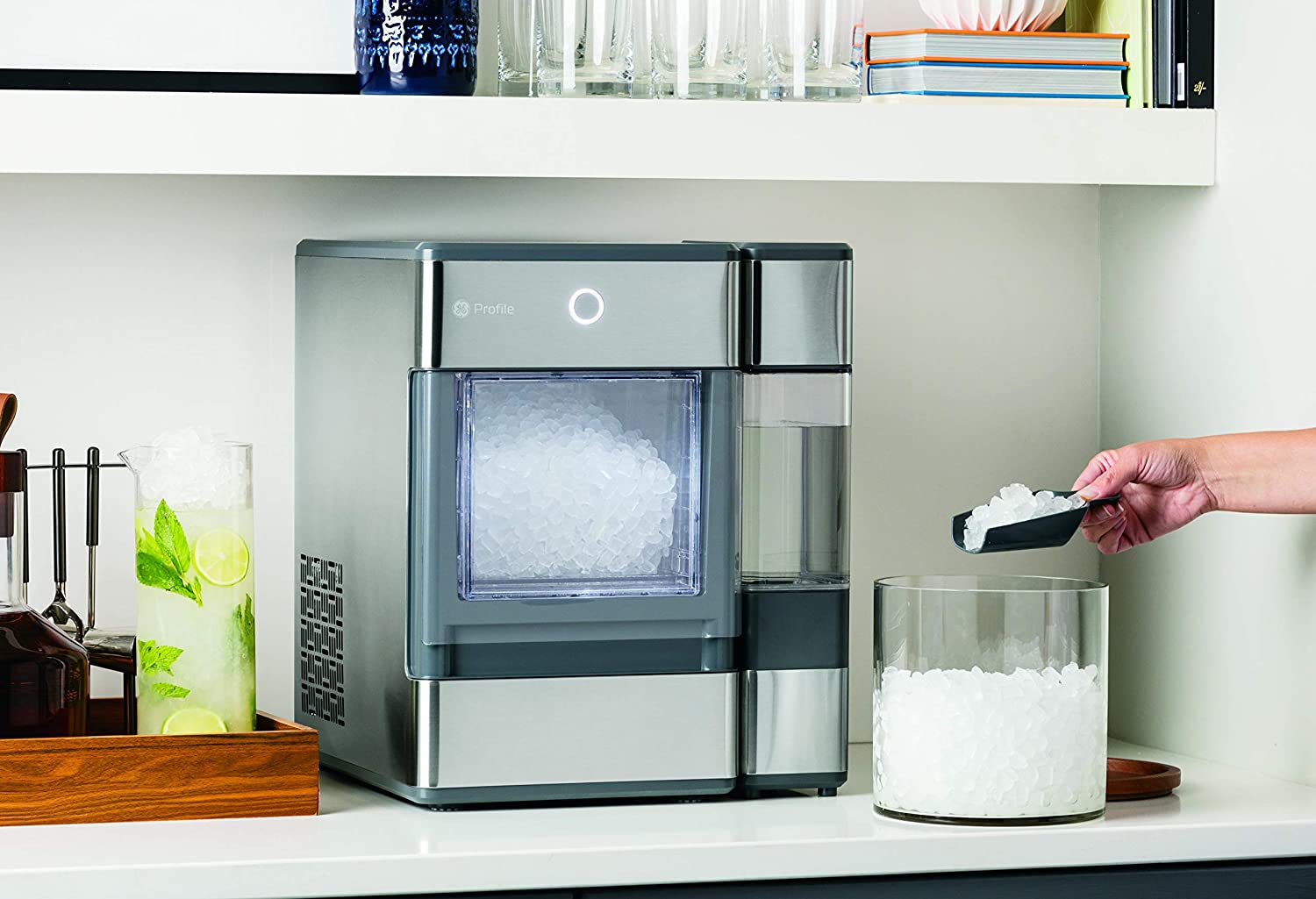
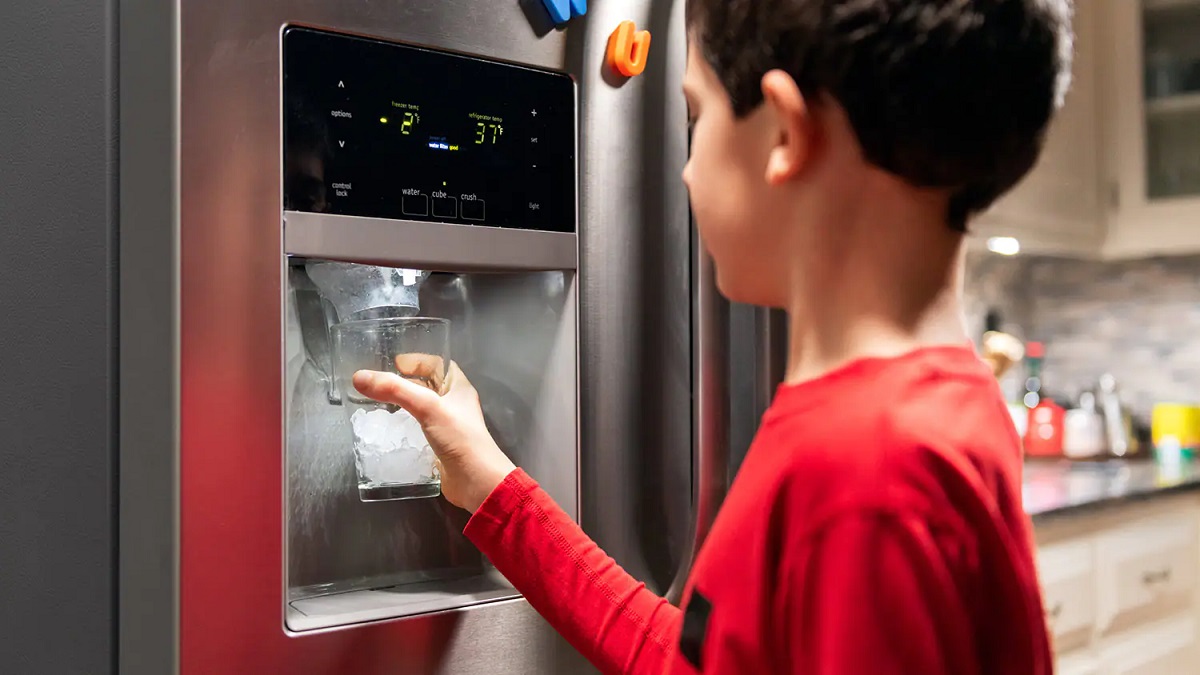
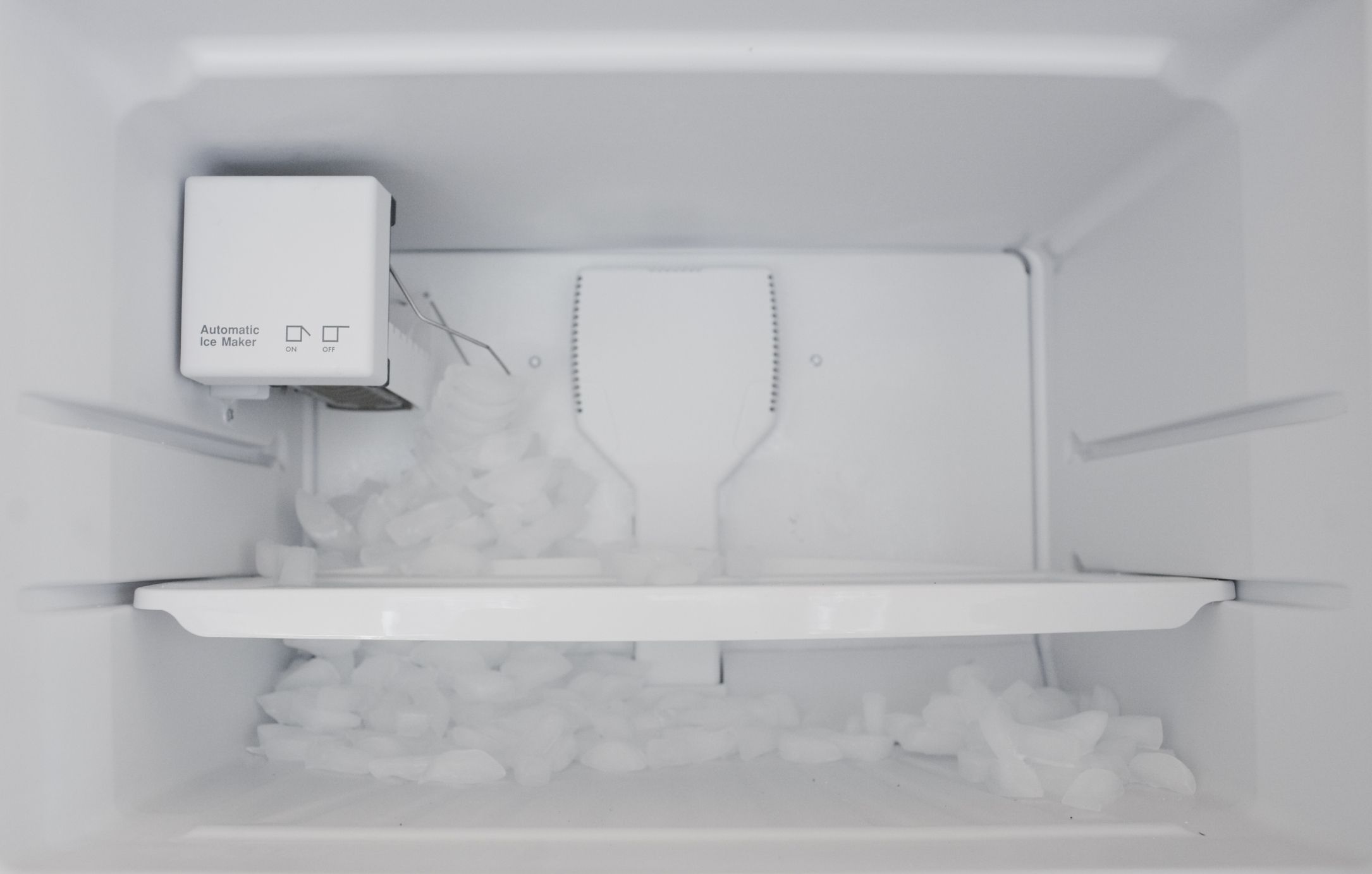
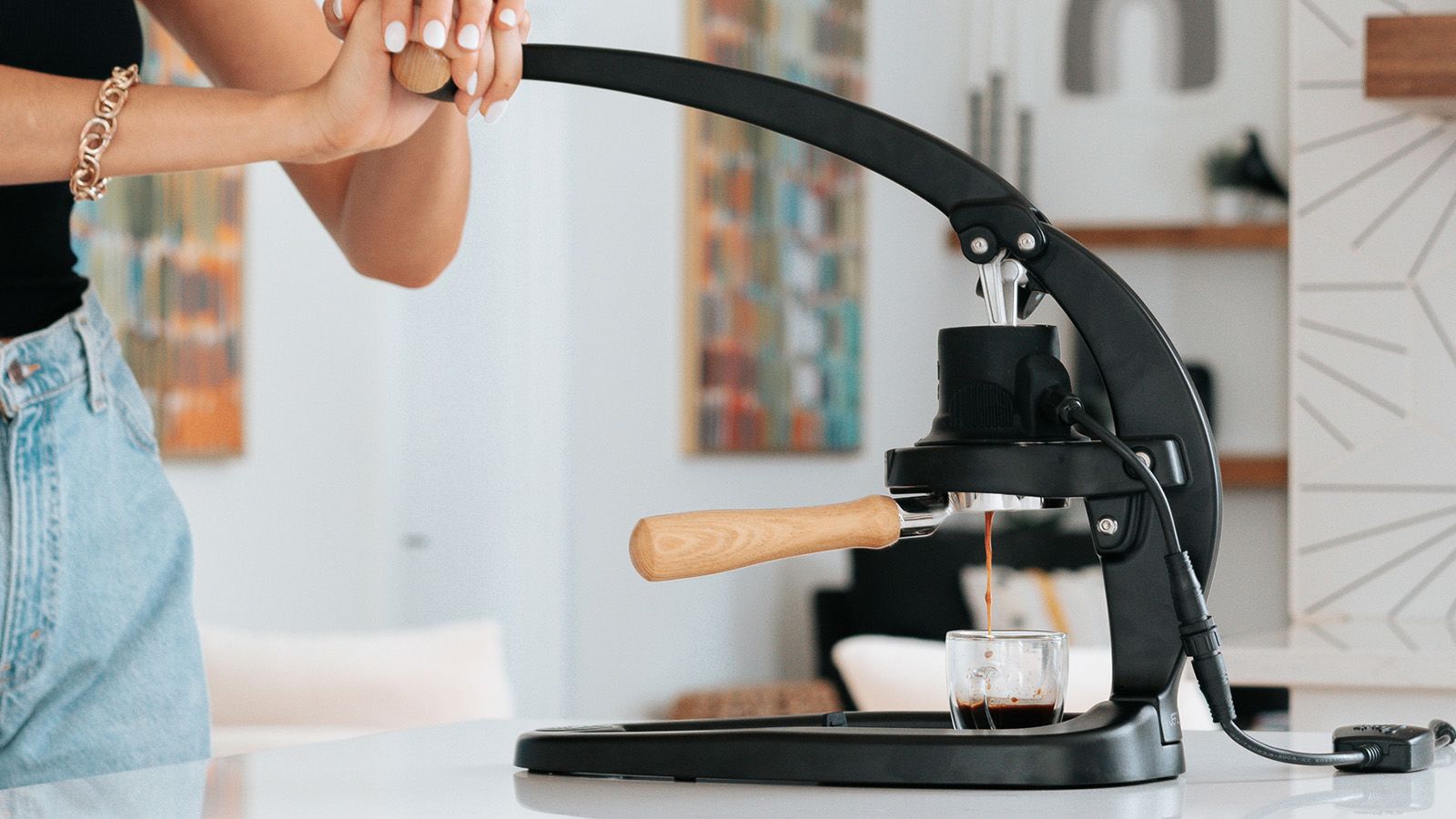
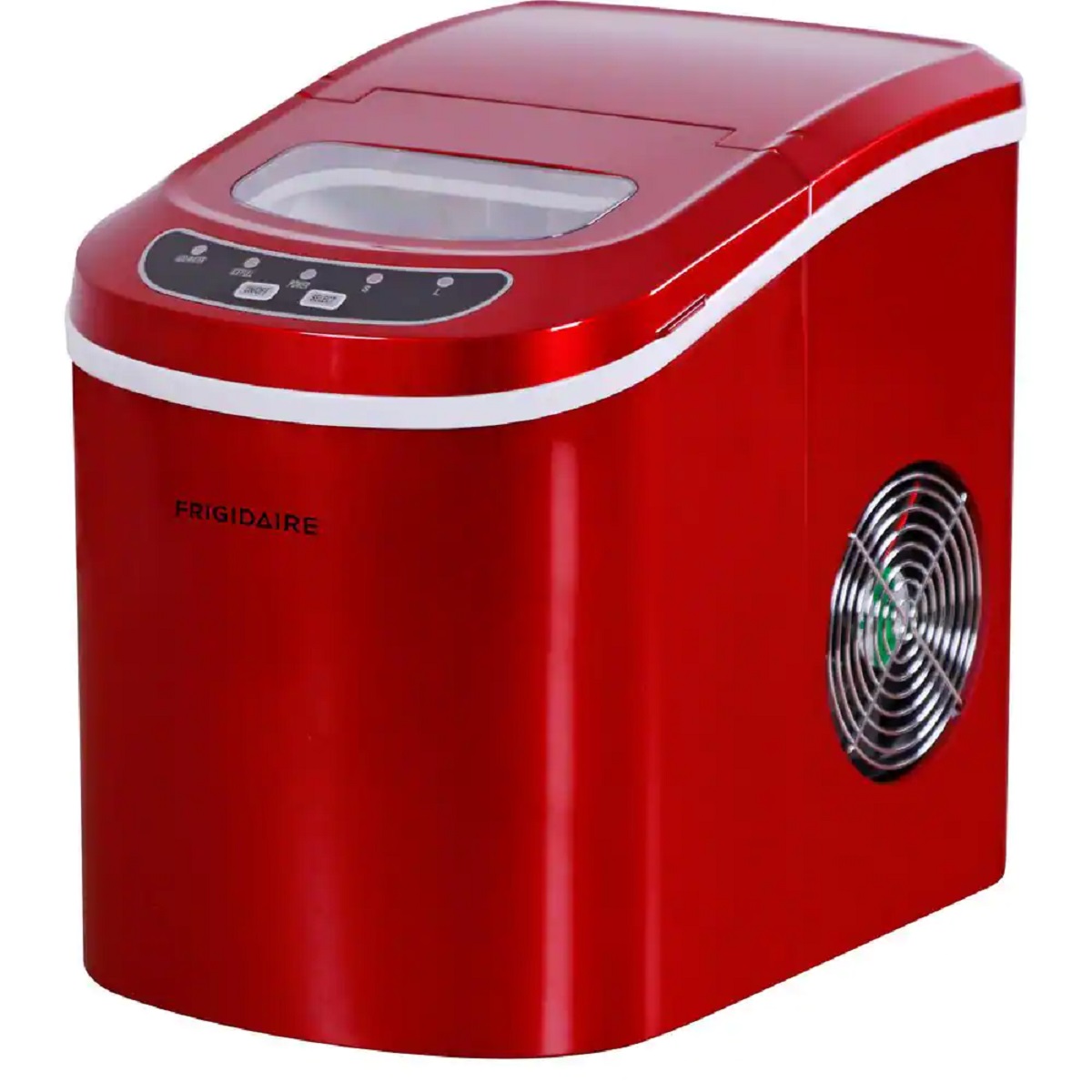
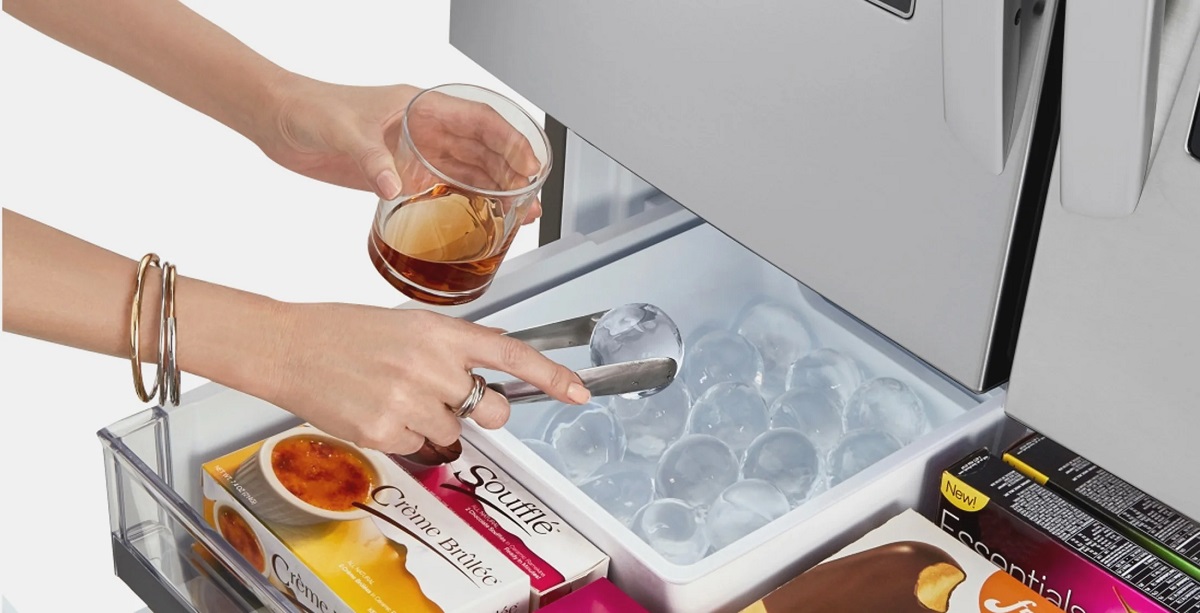
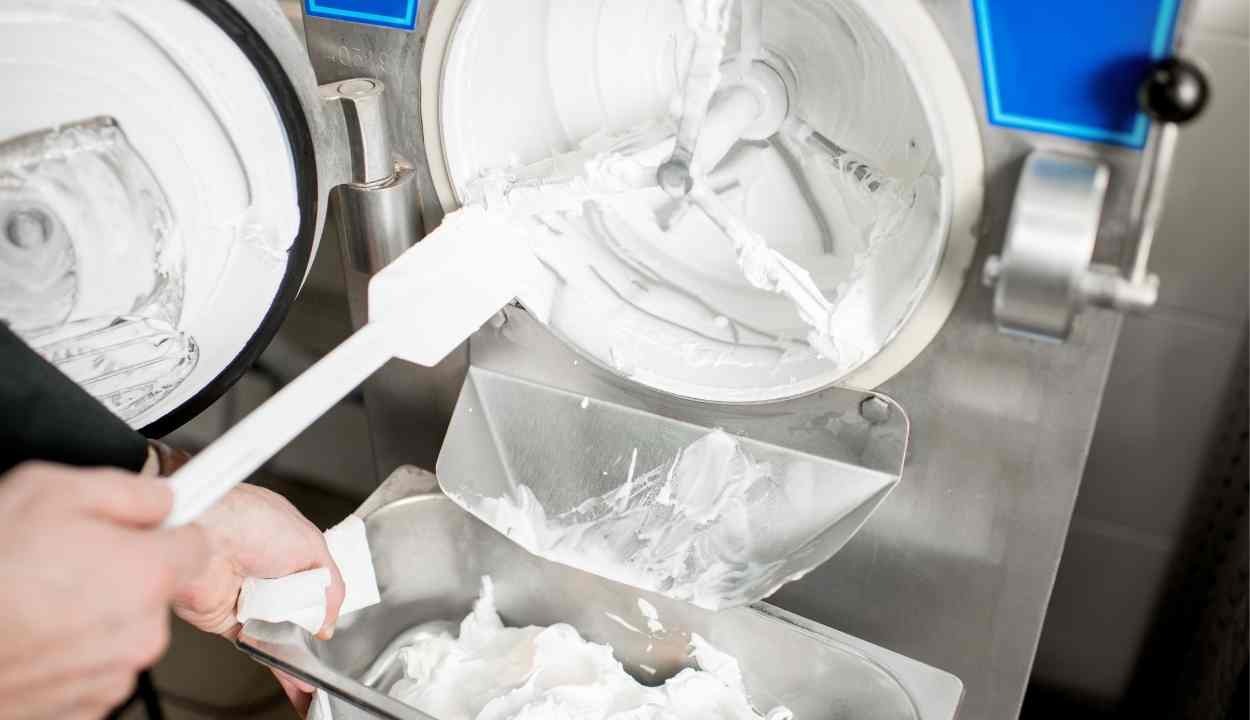
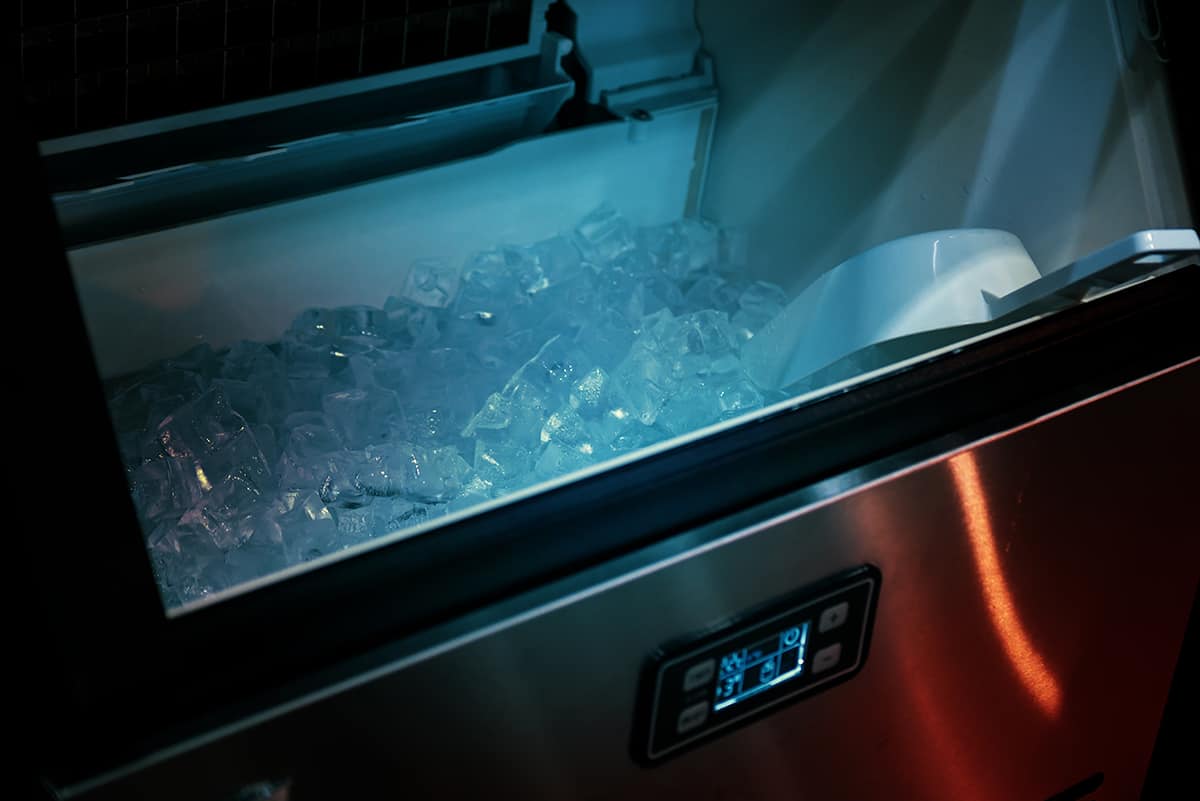
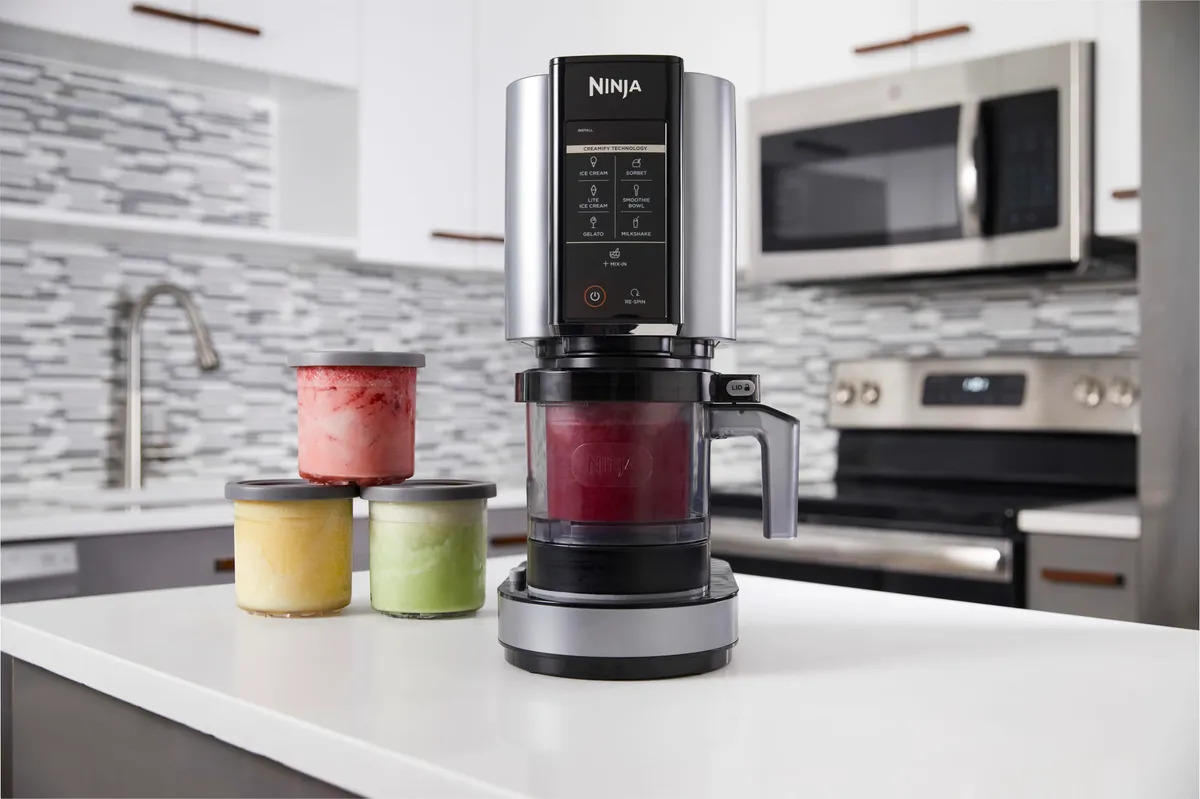
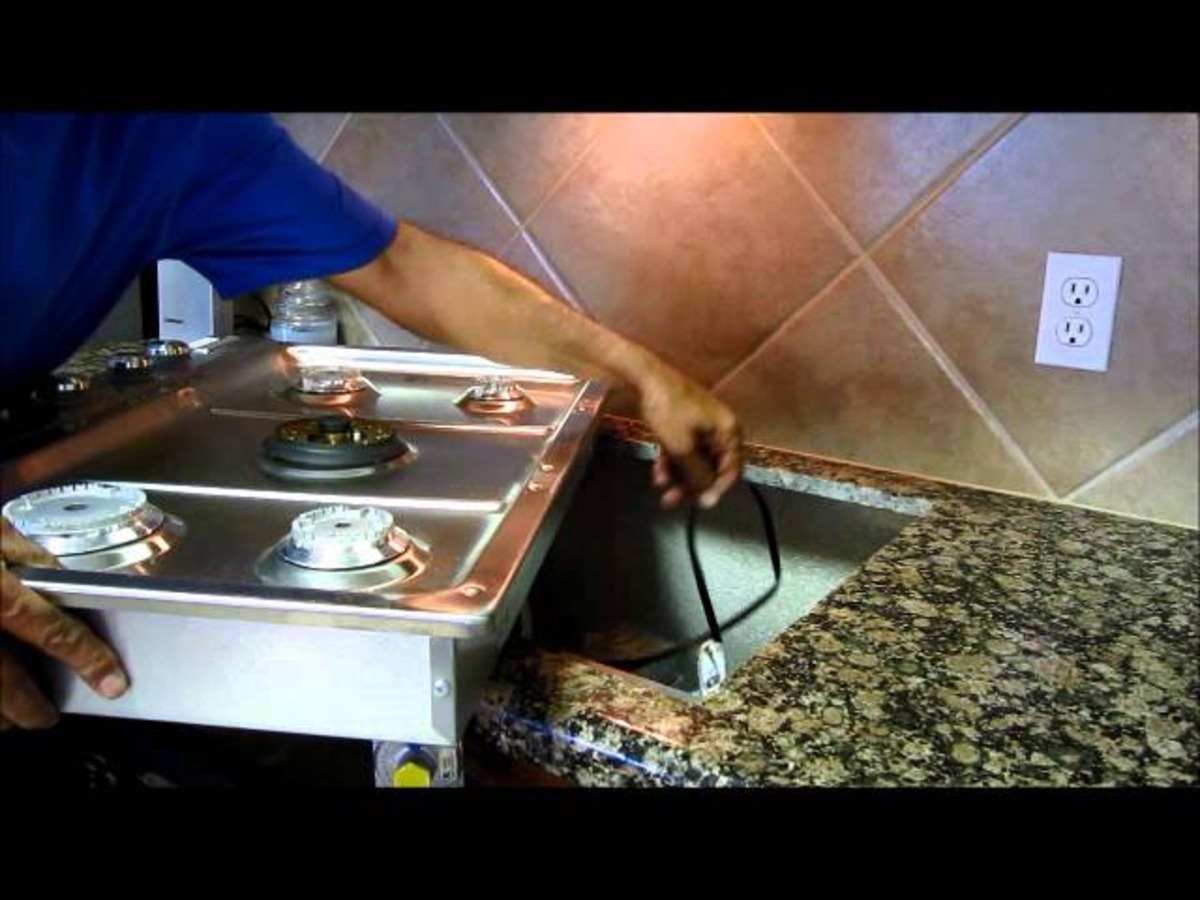

0 thoughts on “How Does A Stove Top Espresso Maker Work”